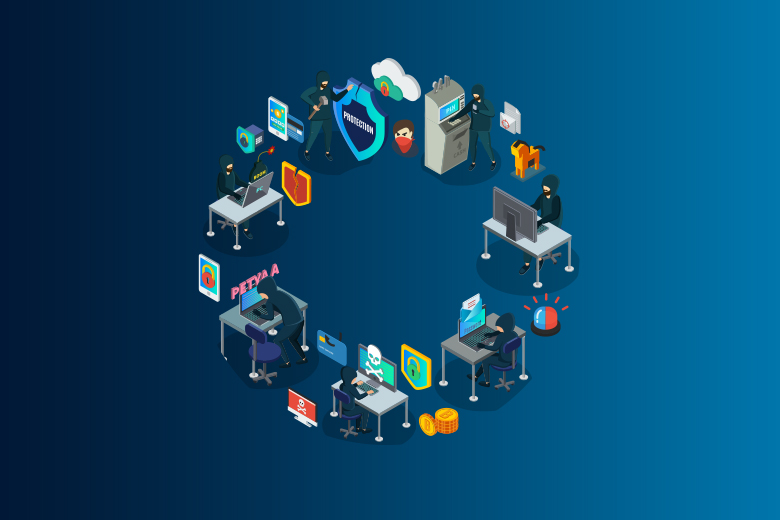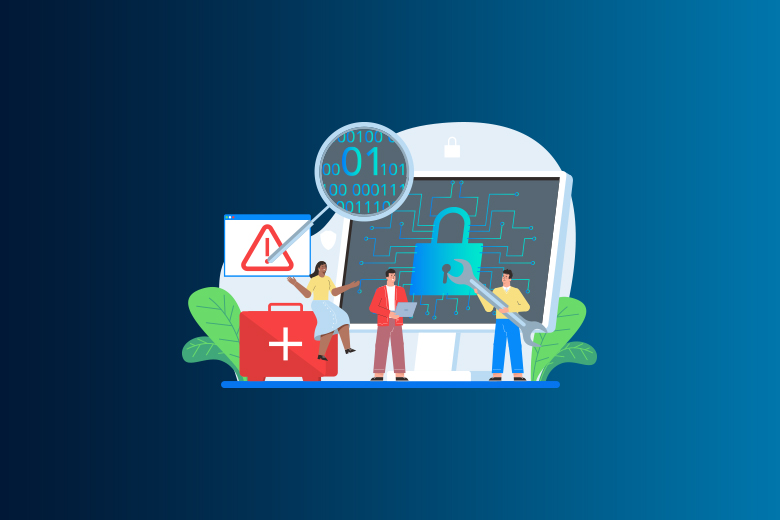05 December 2023
SafeAeon Inc.Ever since the launch of Microsoft 365 in June 2011, its popularity has grown gigantically. At first, only businesses and organizations could use it. In 2013, however, it became open to everyone. Since then, over 345 million people have used Microsoft 365, making it the most popular work suite in the world. By 2022, it accumulated USD 63.36 billion in revenue to the company. These are some reasons that Microsoft 365 is so well-known:
- Affordability: Microsoft 365 has a range of membership plans to suit all budgets.
- Ease of use: Even for new users, Microsoft 365 is simple to learn and use.
- Features: Microsoft 365 has many features, such as cloud files, tools for working together, and security features.
- Accessibility: You can use Microsoft 365 on any device, like a computer, a tablet, or a smartphone.
- Cloud-Based: Microsoft 365 is a cloud-based suite, which means that any gadget with an internet connection can make use of it. This makes it a great choice for companies whose workers are in different places.
- Safety: Microsoft 365 is a safe suite that has many safety tools to keep data safe. These are things like security, controlling access, and finding threats.
And, so goes on its other benefits. But, counting only on its beneficial features is half the battle won when the title suggests data loss prevention in Office 365. Today, the continuous paradigm shift in the IT environment has led us to vulnerabilities and malicious threats. Bitdefender's study shows that at least 34% of U.S. businesses have had a data breach in the past year. It's scary that 74% of these businesses didn't even know there had been a hack. Different things lead to these breaches:
- Almost half (48%) were caused by bad or illegal behavior
- 27% were caused by mistakes made by people; and
- The last 25% were caused by problems with the system.
In context to this, there are three major reasons for data loss, these are:
1. Deleted by accident: The most common data disaster
Have you ever lost an important file or your whole user account by accident? It takes place more often than you think. A simple mistake like:
- a. deleting a file or folder by accident; or
- b. even moving it to the wrong spot with a careless click,
can become a bad dream. Imagine not being able to get back that important info. A small mistake could quickly turn into a big issue.
2. Threats to security: cyberattacks are becoming more dangerous
They see your Microsoft 365 account as a prize chest full of files. They could steal, damage, or delete your important data if they get in. What's the worst? They could attack you with software or ransomware that locks up your data and asks for money to unlock it. Also, don't forget that ransomware is getting smarter at tricking people into clicking on dangerous links that can expose the whole company's data.
3. Gaps in retention policies: the hidden danger
The retention rules in Microsoft 365 are great for keeping your company's data safe. The choice is yours: keep, remove, or keep and then delete. But be careful, this area is tricky. Even when you have a focused IT team, things can go wrong. Back-ups and retention plans are not the same thing. People often make the mistake of thinking their data is safe and saved up when it's not, which can cause them to lose data without warning.
How Data Loss Prevention Comes Into Big Picture?
Fortunately, data loss prevention (DLP) is the silver lining to all our problems. It sets up rules and policies to find and protect your most important files. Especially the ones that are private, important, or touchy. The goal of these security steps for Office 365 is to keep any important data inside your Office 365 environment.
But it's not just about keeping an eye out for the odd bad employee or careless source who might leak private data. It's not all that.
How Does Data Loss Prevention in Microsoft Office 365 Work?
Inside Microsoft Office 365, Data Loss Prevention (DLP) is a strong tool made to protect private data across many Microsoft services, like Exchange Online, SharePoint Online, OneDrive for Business, and Microsoft Teams. Its main purpose is to help businesses keep important data safe. Data like credit card numbers, financial information, and intellectual property are safe from people who shouldn't have access to it or who might leak it.
What DLP Do In Office 365?
DLP in Office 365 works well because it uses a complex method that combines advanced detection methods with different enforcement actions to keep private data safe.
1. Checking the Content
The ID of Sensitive Data: DLP policies are set up to recognize types of sensitive data, such as medical information, credit cards, social security numbers, and so on. DLP checks for this kind of private information every time content is added to or changed in Microsoft 365 services.
2. Analysis of the Situation
Understanding the Context of the Content: DLP isn't just for recognizing patterns. It looks at the background information of the article. This means looking at things like who sent and received emails or where files are stored on SharePoint sites. This gives you a better idea of how the information is being used.
3. Learning by Machine
Smart Data Pattern Recognition: DLP uses machine learning techniques to find private information, especially when it's in an unstructured format like text in emails and papers. These algorithms are very good at finding trends and oddities that don't make sense and could mean sensitive information.
4. Actions to enforce the law
Protective Steps:
When DLP finds private data, it can do a number of things to keep it safe, including
- Block: It can stop sensitive information from leaving the company or being sent or shared with other people.
- It tells managers or the people who own the data about possible data breaches.
- Protect: Private information can be protected, which makes it harder for people who shouldn't be able to see it to do so.
- Monitor: DLP can keep an eye on how private information is being used, which can help find possible security holes.
- Dynamics 365 Data Loss Prevention (DLP) is a smart mix of technology and strategy that keeps private company data safe from many types of threats, both inside and outside the company. It fits with what a business needs for security and compliance in the digital age.
Key Steps to Make Sure You Don't Lose Data with Office 365
Are you thinking about using the Data Loss Prevention (DLP) features in Office 365? That is a smart move! However, your company should think about a few key steps before you start using DLP to make sure you get the most out of it.
The best ways to use Office 365 DLP
1. Know what your current security rules are:
Look over the policies that are already in place. Your company probably already has some security policies in place. Make sure these safety rules are well-written and easy to understand, whether they're about changing passwords often, limiting access, or something else.
2. Know what information you have
Keep Track of Your Data:
It's important to know what kind of data you're saving, how it's stored, and where it is. Understanding this is very important for DLP to work. Make sure your data inventory is complete, and only keep what your business needs.
3. Keep track of who can get in
Smartly Limit Access:
Write down who in your company (and outside, like contractors) can see private information. Access should only be given to people who really need it for their jobs. This helps lower the risks that might happen.
4. Keep going and be careful
Keep an eye on security first:
Being aware of and consistent about data protection is one of the hardest but most important parts. It's not a one-time thing; it's a process that goes on all the time. They need to be the ones who make security a priority, and everyone in the company needs to share that dedication. Being consistent is the best way to protect yourself from risks, mistakes, and data breaches.
Conclusion
Adding Data Loss Prevention (DLP) to Office 365 is a must for any business that wants to make sure its digital assets are safer. DLP is more than just a set of tools; it's an ongoing process that needs to be evaluated and changed all the time to keep up with new threats and business needs. By using Office 365's DLP features correctly, companies can keep their private information safe from people who shouldn't have access to it and from possible security breaches. This creates a safe and legal online space. You can get in touch with SafeAeon to implement Data loss prevention Office 365 to make your organization's digital infrastructure more trustworthy and honest.














